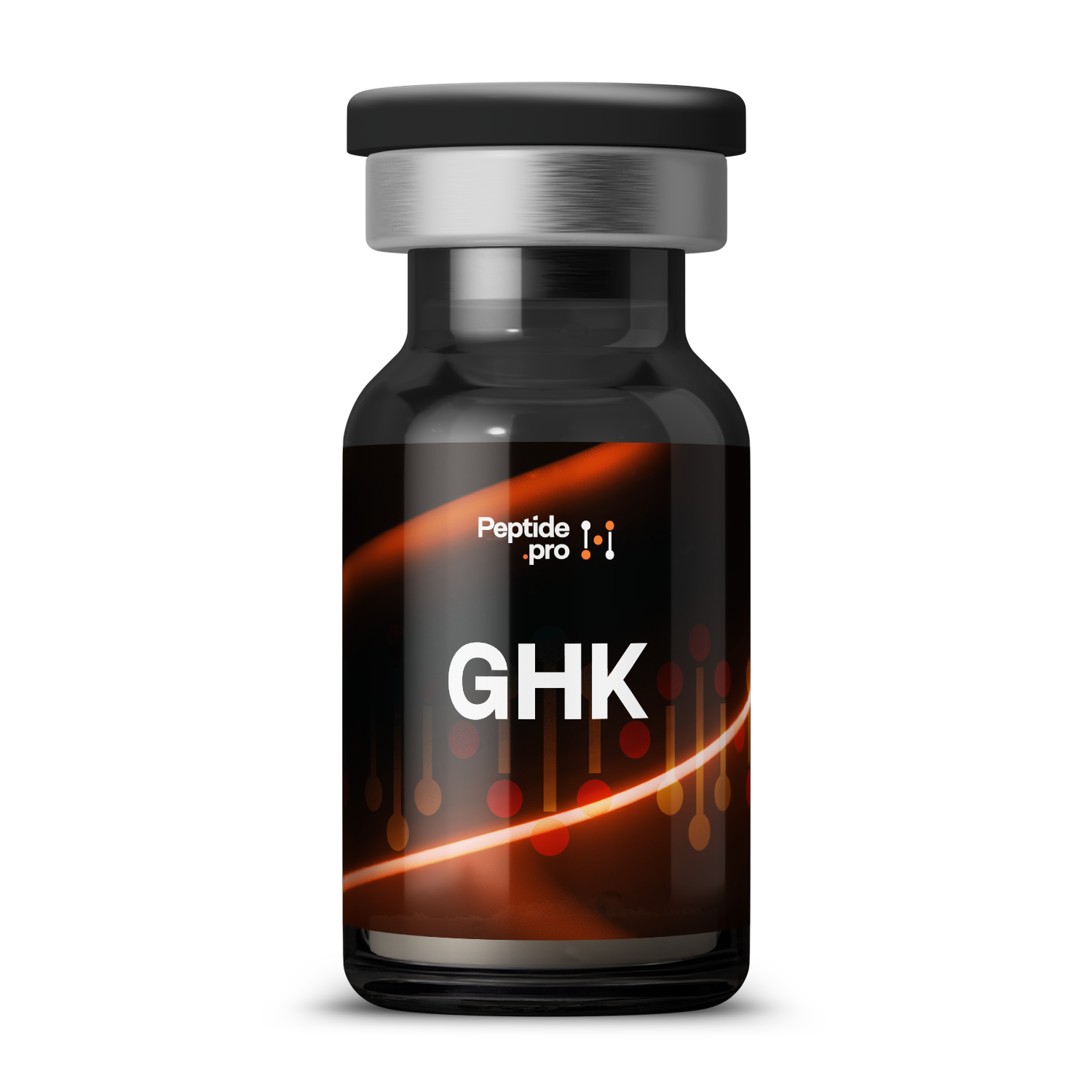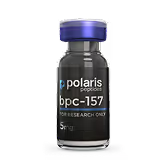Compound Overview
About the product
GHK consists of three natural amino acids–glycine, histidine, and lysine–in a linear sequence (Gly–His–Lys). It readily forms a complex with copper ions (GHK-Cu), which enhances its biological activity. The peptide is synthesized by Fmoc solid-phase peptide synthesis and purified by preparative HPLC to over 95 percent purity. Mass spectrometry confirms the correct molecular weight and sequence.
GHK-Cu binds copper ions and interacts with cell-surface receptors to modulate gene expression involved in tissue repair. It upregulates collagen and elastin production while downregulating matrix metalloproteinases (enzymes that break down extracellular matrix). The peptide also exhibits antioxidant and anti-inflammatory effects, reducing oxidative stress in damaged tissues. These combined actions support skin regeneration and wound healing.
The peptide is studied primarily for skin-repair and wound-healing applications. In human cosmetic trials, topical GHK-Cu improved skin firmness, elasticity, and reduced fine lines over eight weeks. Small clinical studies of chronic wounds report accelerated healing and reduced scar formation. Its use in hair-growth formulations is under early investigation.
Reported adverse effects are minimal, most often mild, transient skin redness or irritation at the application site. No systemic toxicity or hormonal disturbances have been documented in human use. Safety data for pregnancy, lactation, and long-term administration beyond 12 weeks are lacking. Monitoring of skin tolerance is recommended during use.
GHK is produced by Fmoc solid-phase peptide synthesis, sequentially coupling glycine, histidine, and lysine on a resin support. After cleavage, it is purified by preparative HPLC to >95 percent purity. Copper is added post-purification to generate the GHK-Cu complex when required. Final product identity and purity are confirmed by mass spectrometry.
GHK and GHK-Cu are permitted as cosmetic ingredients in topical formulations and are available in over-the-counter skin-care products. They are not approved as pharmaceutical drugs by the U.S. FDA, EMA, or other major agencies. Products must list the peptide under its INCI name (“Glycyl-L-Histidyl-L-Lysine Tripeptide-1”). No medical claims may be made.
Commercial skin-care products typically contain 0.01–0.05 percent GHK-Cu applied once or twice daily. Research protocols have used 50–200 µg/mL in topical serums. No standardized oral dosing exists; investigational studies have evaluated 300 µg to 1 mg daily, but bioavailability is unverified. Follow product or protocol instructions.
- Do apply to clean, dry skin and allow full absorption before other products.
- Do perform a patch test if you have sensitive skin.
- Don’t mix with strong acids or exfoliants that may degrade the peptide.
- Don’t use on broken or inflamed skin.
- Q: How long until I see results?
- A: Improvements in skin texture and firmness are often reported after 6–8 weeks of daily use.
- Q: Is it safe for all skin types?
- A: Generally yes, though sensitive individuals should patch-test first.
- Q: Can GHK be used with retinoids?
- A: Yes; combining with retinoids can complement collagen-boosting effects if tolerance permits.
For research use only. Not approved for medical use.


